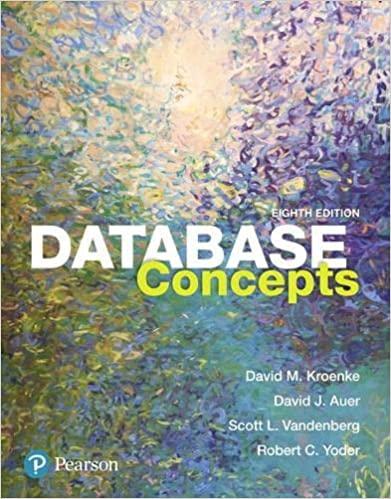Answered step by step
Verified Expert Solution
Question
1 Approved Answer
Hello, Below is a DRAM - PUF based secure protocol and there is also error correction, but while adding a question It's getting too long.
Hello,
Below is a DRAMPUF based secure protocol and there is also error correction, but while adding a question
It's getting too long.
I need to implement this protocol in C programming language. Can you help me
I would be very grateful if you could write the codes with explanation. Secure protocol:DRAM PUF BASE PROTOCOL
To develop a secure and simplified authentication protocol for IoT devices using DRAM PUFs Physical Unclonable Functions we'll create a sequence that emphasizes security and practical implementation while eschewing complex elements like neural networks. The protocol will utilize public key encryption for secure communication and integrate PUFbased responses for device authentication.
Step : Initialization
Objective: Establish secure initial parameters including publicprivate keys and enroll PUF data.
Device Setup: Each device is initially configured with a unique DRAM PUF. DRAM cells are characterized by their response to challenges, which vary by operational conditions like temperature and voltage.
Key Generation and Distribution: A publicprivate key pair is generated. The public key is stored securely on the device, and the private key is kept confidential at a secure server or authentication authority.
Explanation:
DRAM PUFs: Utilizing the intrinsic variations and operational dependencies temperature voltage of DRAM, which ensure that each device's PUF is unique and unclonable.
Step : Enrollment Phase
Objective: Register the device's PUF characteristics in the server's database securely
PUF Enrollment: During a controlled setup phase, the device's PUF characteristics are measured under standard conditions to create a "golden" PUF response. This response, along with the devices identifier DID is securely transmitted to the server over a secure channel eg TLSSSL and encrypted with the servers public key.
Storing PUF Data: The server decrypts the received data using its private key and stores the PUF response along with the DID.
Explanation:
Public Key Encryption: Ensures that communication between the server and device is secure against eavesdropping and tampering.
Step : Authentication Request
Objective: Initiate an authentication session using a challengeresponse mechanism.
Challenge Generation: The server generates a challenge for the device involving specific operational parameters eg set temperature and voltage levels and a nonce to prevent replay attacks. This challenge is encrypted with the devices public key and sent.
Challenge Execution: The device decrypts the challenge using its private key, applies the specified conditions to its DRAM PUF, and measures the response.
Explanation:
Nonce: A unique value that ensures each authentication session is fresh and protects against replay attacks.
Step : Response and Verification
Objective: Verify the devices identity by comparing the PUF response with the enrolled data.
Response Transmission: The device sends its response along with the nonce back to the server, encrypted with the servers public key.
Server Verification: The server decrypts the response using its private key, checks the freshness of the nonce, and compares the received PUF response against the stored "golden" response for that DID. If they match, the device is authenticated.
Explanation:
ChallengeResponse Mechanism: This classical approach in cryptography leverages the physical properties of the device to verify its identity, making it extremely difficult to forge or spoof.
Step : PostAuthentication
Objective: Complete the authentication process with confirmation or rejection.
ConfirmationRejection: If the PUF responses match, the server sends an authentication confirmation to the device. If not, a rejection message is sent. Multiple consecutive failures might trigger additional security protocols, such as temporarily disabling the device or flagging for manual review.
Explanation:
Operational Parameters in Challenges: By varying operational conditions like temperature and voltage, the protocol can ensure that responses are not only unique but also conditional, providing an additional layer of security.
This protocol is designed to be both secure given the unique, unclonable nature of PUFs and the use of strong cryptographic practices, and efficient, avoiding complex computations like those involved in neural network processing. It is wellsuited for environments where device authenticity and data integrity arecritical
Step by Step Solution
There are 3 Steps involved in it
Step: 1

Get Instant Access to Expert-Tailored Solutions
See step-by-step solutions with expert insights and AI powered tools for academic success
Step: 2

Step: 3

Ace Your Homework with AI
Get the answers you need in no time with our AI-driven, step-by-step assistance
Get Started


